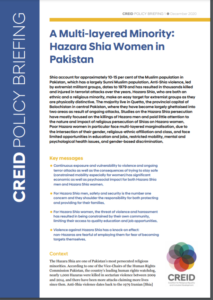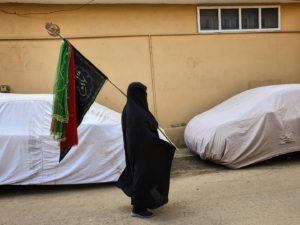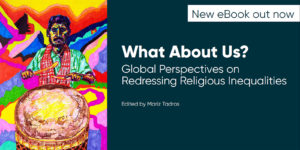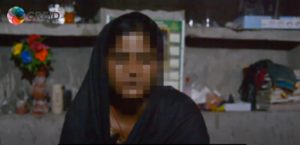 Shia account for approximately 10–15 per cent of the Muslim population in Pakistan, which has a largely Sunni Muslim population. Anti-Shia violence, led by extremist militant groups, dates to 1979 and has resulted in thousands killed and injured in terrorist attacks over the years. Hazara Shia, who are both an ethnic and a religious minority, make an easy target for extremist groups as they are physically distinctive. The majority live in Quetta, the provincial capital of Balochistan in central Pakistan, where they have become largely ghettoised into two areas as result of ongoing attacks.
Shia account for approximately 10–15 per cent of the Muslim population in Pakistan, which has a largely Sunni Muslim population. Anti-Shia violence, led by extremist militant groups, dates to 1979 and has resulted in thousands killed and injured in terrorist attacks over the years. Hazara Shia, who are both an ethnic and a religious minority, make an easy target for extremist groups as they are physically distinctive. The majority live in Quetta, the provincial capital of Balochistan in central Pakistan, where they have become largely ghettoised into two areas as result of ongoing attacks.
Studies on the Hazara Shia persecution have mostly focused on the killings of Hazara men and paid little attention to the nature and impact of religious persecution of Shias on Hazara women. This policy briefing shares findings and recommendations following drawing on a research about poor Hazara women who face multi-layered marginalisation, due to the intersection of their gender, religious-ethnic affiliation and class, and face limited opportunities in education and jobs, restricted mobility, mental and psychological health issues, and gender-based discrimination.
This policy briefing draws on the paper, ‘The Multi-Layered Minority: Exploring the Intersection of Gender, Class, and Religious-Ethnic Affiliation in the Marginalisation of Hazara Women’ published ‘Discrimination against Women of Religious Minority Backgrounds in Pakistan‘. It was produced by the IDS-led Coalition for Religious Equality and Inclusive Development (CREID).



